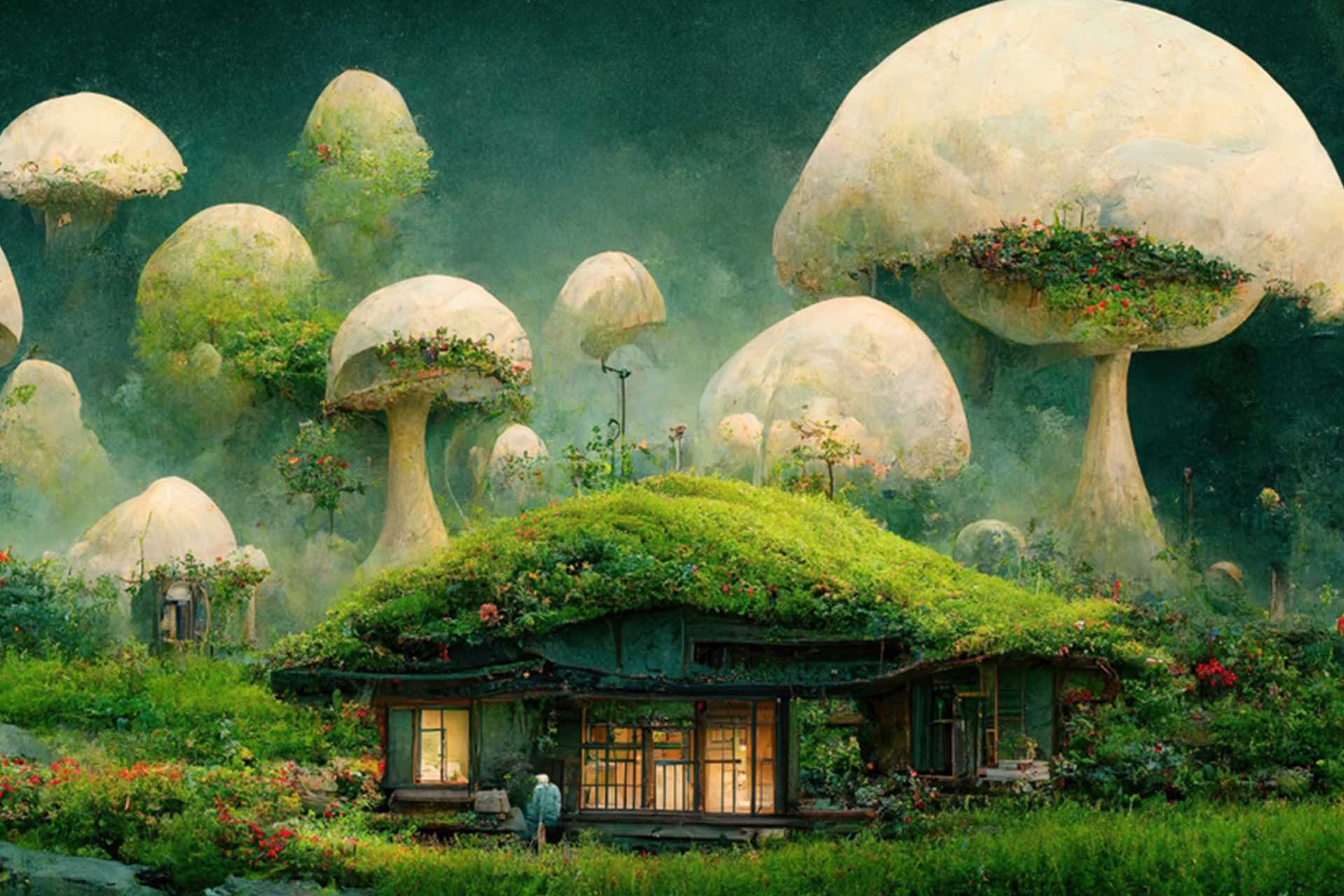How Mushrooms Can Save the World
Mushrooms possess a remarkable array of properties and capabilities that make them valuable allies in addressing various environmental, social, and economic challenges.
Here's how mushrooms can contribute to saving the world:
1. Environmental Remediation:
Mushrooms have the unique ability to break down and metabolize a wide range of organic and inorganic substances, including pollutants and contaminants. Through a process known as mycoremediation, certain mushroom species can detoxify soil, water, and air polluted with heavy metals, pesticides, petroleum products, and other toxic substances. By harnessing the power of mushrooms, we can clean up contaminated sites, restore ecosystems, and mitigate environmental pollution.
2. Waste Management and Recycling:
Mushrooms can transform agricultural waste, forestry residues, and other organic materials into valuable resources through composting and mushroom cultivation. By converting organic waste into nutrient-rich compost and edible mushrooms, fungi help close the loop in the food production cycle, reduce landfill waste, and promote sustainable waste management practices. Mushroom cultivation also offers opportunities for small-scale farmers and entrepreneurs to generate income from waste materials.
3. Soil Regeneration and Carbon Sequestration:
Mushrooms play essential roles in soil health and fertility, contributing to soil structure, nutrient cycling, and carbon sequestration. Through mycorrhizal symbiosis and decomposition of organic matter, fungi improve soil structure, enhance water retention, and increase nutrient availability for plants. Additionally, fungal mycelium can sequester carbon in the form of stable organic compounds, helping mitigate climate change by storing carbon in the soil.
4. Alternative Protein Source:
Mushrooms are a nutritious and sustainable source of protein, vitamins, and minerals, making them an excellent alternative to conventional meat production. Mushroom cultivation requires fewer resources, emits fewer greenhouse gases, and has a lower environmental footprint compared to livestock farming. By promoting mushroom consumption as a plant-based protein source, we can reduce pressure on natural ecosystems, conserve biodiversity, and promote food security.
5. Medicinal and Nutritional Benefits:
Mushrooms contain bioactive compounds with various medicinal and nutritional properties, offering potential solutions for human health and well-being. From immune-boosting polysaccharides to antioxidant-rich phenolic compounds, mushrooms have been used in traditional medicine systems for centuries to treat a wide range of ailments. By exploring the therapeutic potential of mushrooms and incorporating them into healthcare practices, we can promote holistic approaches to wellness and disease prevention.
6. Renewable Energy Production:
Mushrooms have the potential to contribute to renewable energy production through biogas generation and biofuel production. Certain mushroom species can be used to produce biogas through anaerobic digestion of organic waste, providing a renewable source of energy for heating, cooking, and electricity generation. Additionally, lignocellulosic substrates used in mushroom cultivation can be converted into biofuels such as ethanol, offering sustainable alternatives to fossil fuels.
7. Educational and Cultural Value:
Mushrooms serve as valuable educational tools and cultural symbols, fostering appreciation for biodiversity, ecology, and sustainability. Through mushroom forays, workshops, and educational programs, people can learn about the ecological roles of fungi, sustainable mushroom cultivation techniques, and the cultural significance of mushrooms in different societies. By engaging communities in mushroom-related activities, we can promote environmental awareness, conservation ethics, and a deeper connection to nature.
By harnessing the diverse capabilities of mushrooms and integrating them into sustainable practices and solutions, we can address pressing global challenges and create a more resilient and equitable world for future generations. Mushrooms offer a path towards sustainability, regeneration, and harmony with the natural world, demonstrating the transformative potential of fungi in saving the planet.

Comments
Post a Comment